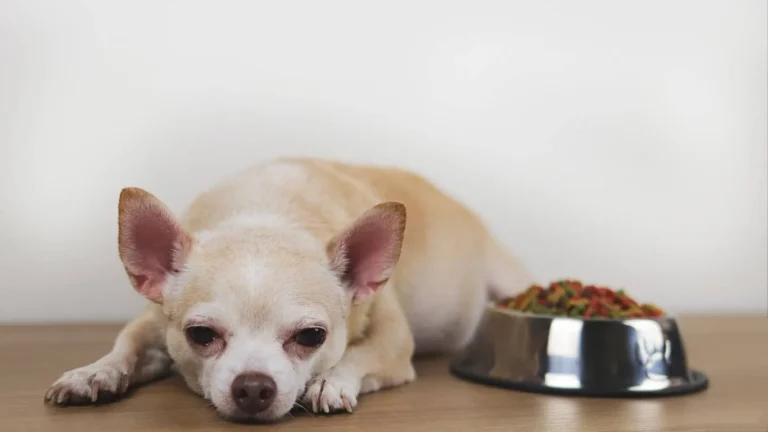What Causes Cloudy Urine in Dogs? Common Reasons and Solutions
If you’ve ever noticed your dog’s urine looking a little off—maybe cloudy or murky—you might have wondered, what causes cloudy urine in dogs? As a Veterinary Assistant with a nutrition focus, I’ve seen plenty of worried pet parents come through with this exact question. It’s a common concern, and rightly so. Cloudy urine can be a sign of something minor, but it might also hint at underlying health issues that need attention.
From my experience working hands-on with dogs and their owners, I’ve learned that understanding the reasons behind cloudy urine is key to helping our furry friends stay happy and healthy. It’s not just about what’s visible but knowing when to act and what might be lurking beneath the surface.
What Causes Cloudy Urine in Dogs? Understanding the Basics
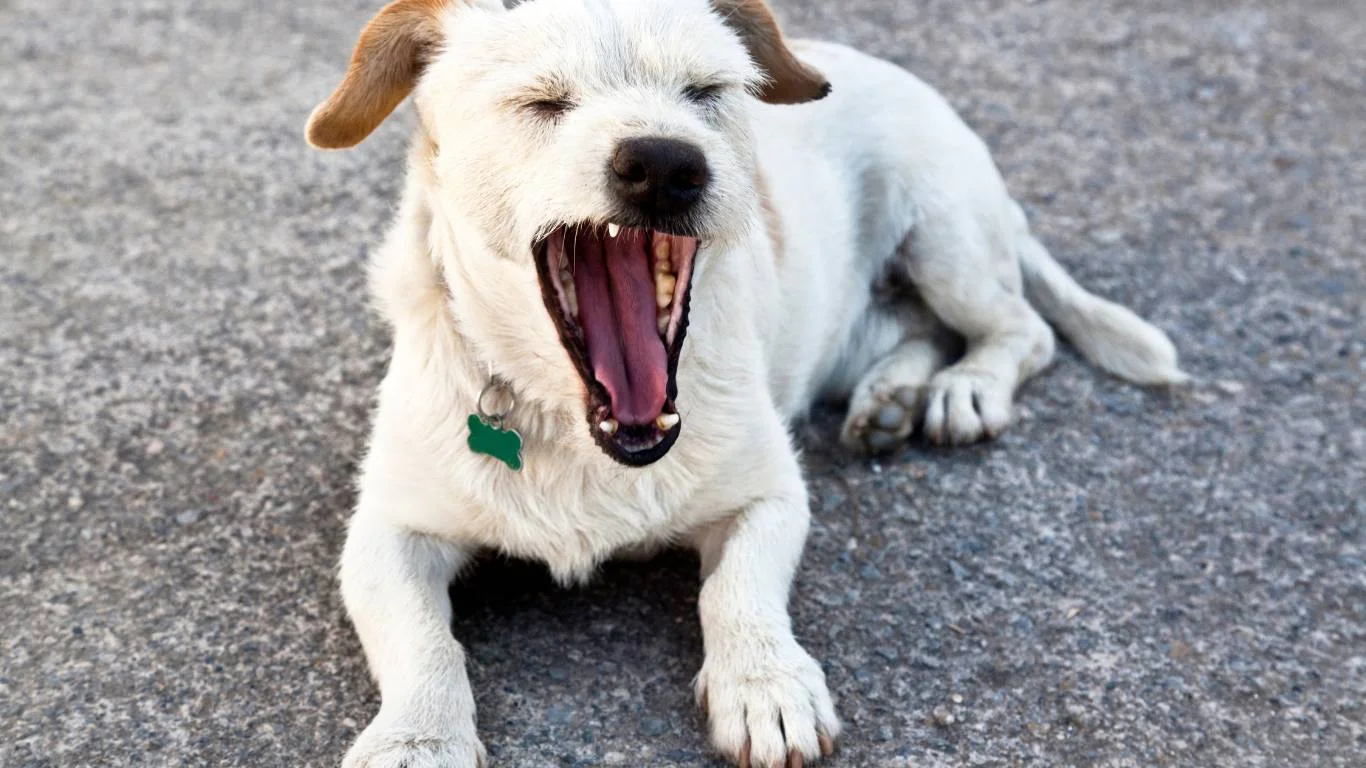
Cloudy urine in dogs can stem from a variety of causes, ranging from harmless to serious. In simple terms, urine usually appears clear or pale yellow because it’s mostly water. When it turns cloudy, it means there’s something suspended in the liquid, like cells, crystals, or bacteria. But what exactly are these “somethings,” and why do they show up?
Here’s a breakdown of the main reasons your dog’s urine might look cloudy:
1. Urinary Tract Infections (UTIs)
One of the most frequent culprits behind cloudy urine is a urinary tract infection. These infections irritate the lining of the bladder and urethra, causing white blood cells and bacteria to appear in the urine. This mix can give the urine a cloudy or even foul-smelling appearance.
During my time assisting veterinarians, I’ve noticed many dogs with UTIs also show signs like frequent urination, straining, or licking around their genitals. If your dog seems uncomfortable or is having accidents inside the house, it’s worth getting checked out.
2. Crystals and Stones
Sometimes, cloudy urine is caused by tiny crystals or even small bladder stones forming inside the urinary tract. These can irritate the bladder lining and cause inflammation, which leads to that cloudy look. The type of crystals often depends on your dog’s diet, hydration levels, and even genetics.
From nutrition consultations, I often recommend a balanced diet tailored to prevent crystal formation. Hydration is crucial here—encouraging your dog to drink plenty of water can help flush out these irritants.
3. Dietary Influences
Believe it or not, what your dog eats can change the look of their urine. High-protein diets or certain supplements might cause temporary cloudiness. Additionally, if your dog is on a raw or homemade diet, there could be variations in urine appearance that don’t necessarily mean something’s wrong.
That said, I always suggest monitoring any changes closely. If the cloudiness sticks around or is accompanied by other symptoms like lethargy or loss of appetite, a vet visit is essential.
When Should You Be Concerned About Cloudy Urine?

Cloudy urine doesn’t always spell trouble, but knowing when to seek help can save your dog from discomfort or worse. Here are some red flags I’ve learned to watch for through years of veterinary experience:
- Persistent cloudiness: If your dog’s urine remains cloudy for more than a day or two.
- Changes in behavior: Signs like frequent urination, straining, blood in urine, or licking the urinary area.
- Systemic symptoms: Vomiting, lethargy, fever, or loss of appetite accompanying the cloudy urine.
Trust your instincts—if you feel something’s off, it’s always better to get a professional opinion. Early diagnosis can prevent complications like bladder infections turning into kidney problems.
Common Tests to Identify the Cause
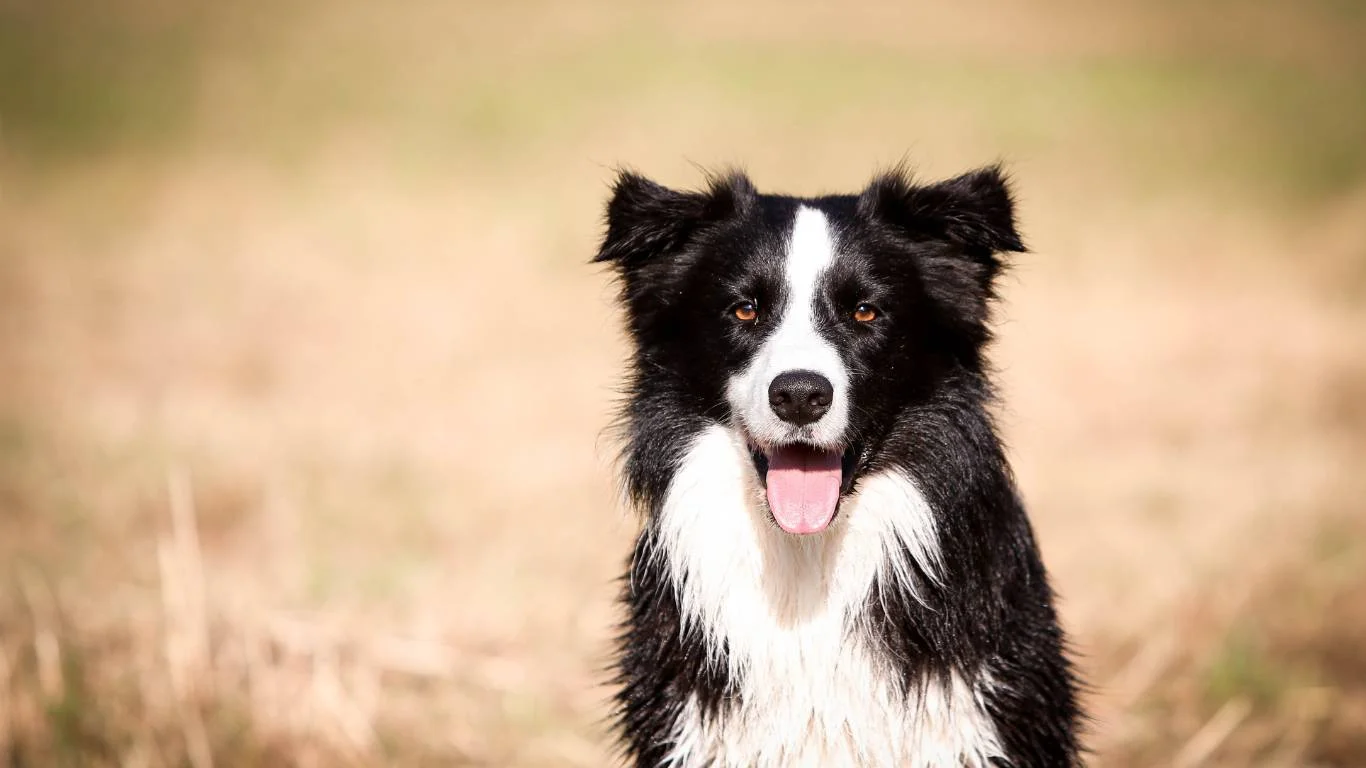
When your dog visits the vet with cloudy urine, the first step usually involves a urinalysis. This test looks at the urine’s components—checking for bacteria, crystals, blood, and other indicators of health issues.
Sometimes, the vet might recommend additional tests like blood work or imaging (ultrasound or X-rays) to get a clearer picture of what’s going on inside. In my experience, these diagnostics are invaluable in creating an effective treatment plan.
Treatment Options for Cloudy Urine in Dogs

Once you and your vet have pinpointed the cause of your dog’s cloudy urine, the next step is treatment. From my years working alongside veterinarians, I can tell you that addressing the root cause is what really makes the difference—not just masking symptoms.
Addressing Urinary Tract Infections (UTIs)
If a UTI is to blame, your vet will most likely prescribe antibiotics to clear up the infection. It’s super important to finish the entire course, even if your dog seems better before the medication runs out. Incomplete treatment can lead to recurring infections or antibiotic resistance—something I always stress to worried pet parents.
Along with meds, increasing your dog’s water intake helps flush out the bacteria faster. I’ve often recommended adding a bit of low-sodium broth to their water bowl or switching to wet food temporarily for extra hydration.
Managing Crystals and Stones
When crystals or bladder stones cause cloudiness, the treatment depends on the type and severity. Some crystals dissolve with special prescription diets, which I’ve seen work wonders when followed diligently. Others might require surgical removal if they’re causing blockages or pain.
From my nutrition-focused experience, helping owners tweak their dogs’ diets can prevent crystals from coming back. This usually means avoiding certain minerals and balancing the pH of the urine with vet-approved food.
Dietary and Hydration Adjustments
Sometimes, the fix is simpler—tweaking your dog’s diet or hydration habits. If you’re feeding a high-protein or homemade diet, chat with your vet or a nutrition expert (like me!) to make sure it’s balanced for your dog’s urinary health.
Encouraging your dog to drink plenty of water is a simple but powerful way to prevent and reduce cloudy urine. I often suggest setting multiple water stations around the house, especially for older dogs or those who aren’t keen drinkers.
Preventive Tips to Keep Your Dog’s Urine Clear and Healthy
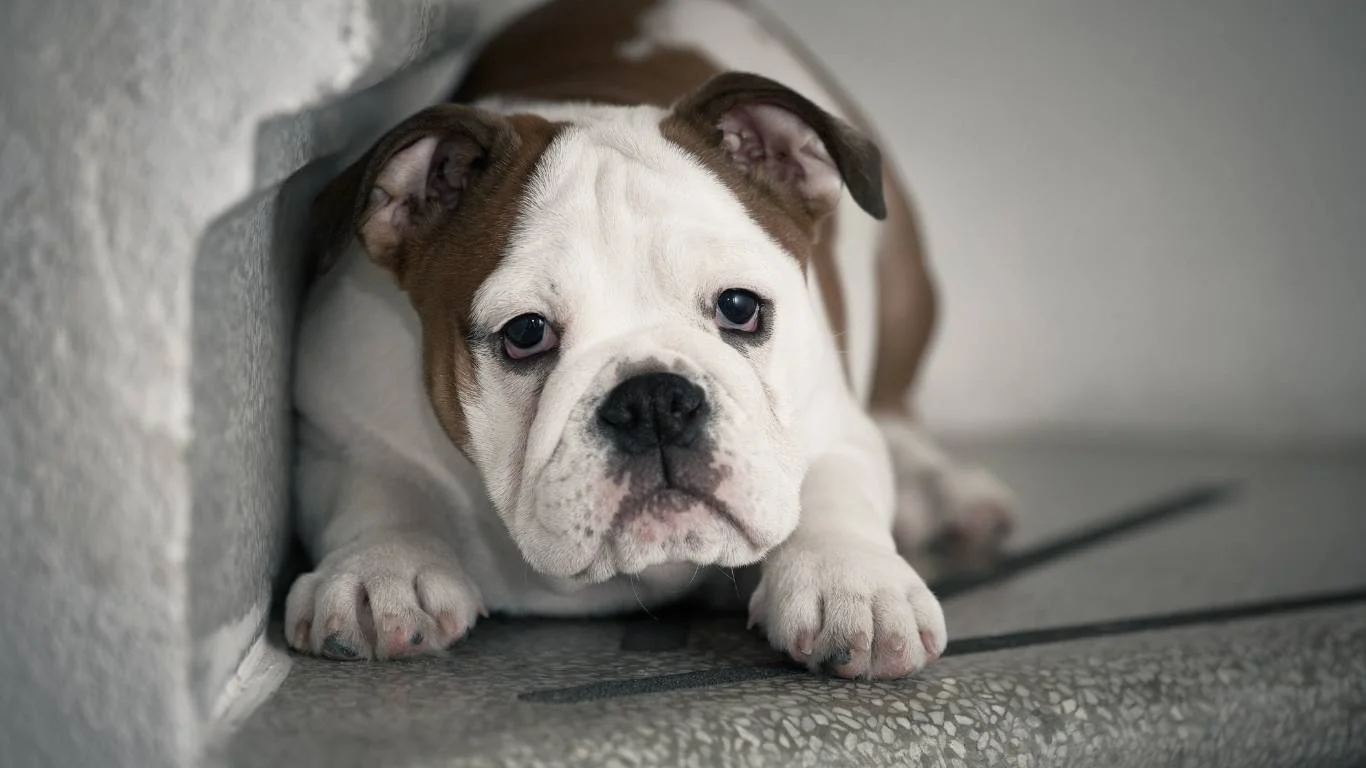
Prevention is always better than cure, right? Over the years, I’ve helped a lot of dog owners keep urinary issues at bay by focusing on a few easy lifestyle tweaks. Here are some tips that really make a difference:
- Stay hydrated: Fresh water should be available at all times. Some dogs prefer running water—consider a pet fountain if your dog isn’t drinking enough.
- Regular potty breaks: Holding urine too long can increase the risk of infections and irritation. Try to give your dog plenty of opportunities to go outside.
- Balanced diet: Avoid extreme diets or sudden changes. Work with your vet or a pet nutritionist to ensure your dog’s food supports urinary tract health.
- Watch for signs: Keep an eye on any changes in your dog’s bathroom habits, urine color, or behavior. Early detection means easier treatment.
- Routine vet checkups: Regular visits help catch issues before they become serious. A quick urinalysis during annual exams can be a game changer.
Personally, I always encourage pet owners to be proactive rather than reactive. Small changes, like switching to a high-quality diet or adding water-rich foods, can save your dog a lot of discomfort down the line.
Other Possible Causes of Cloudy Urine
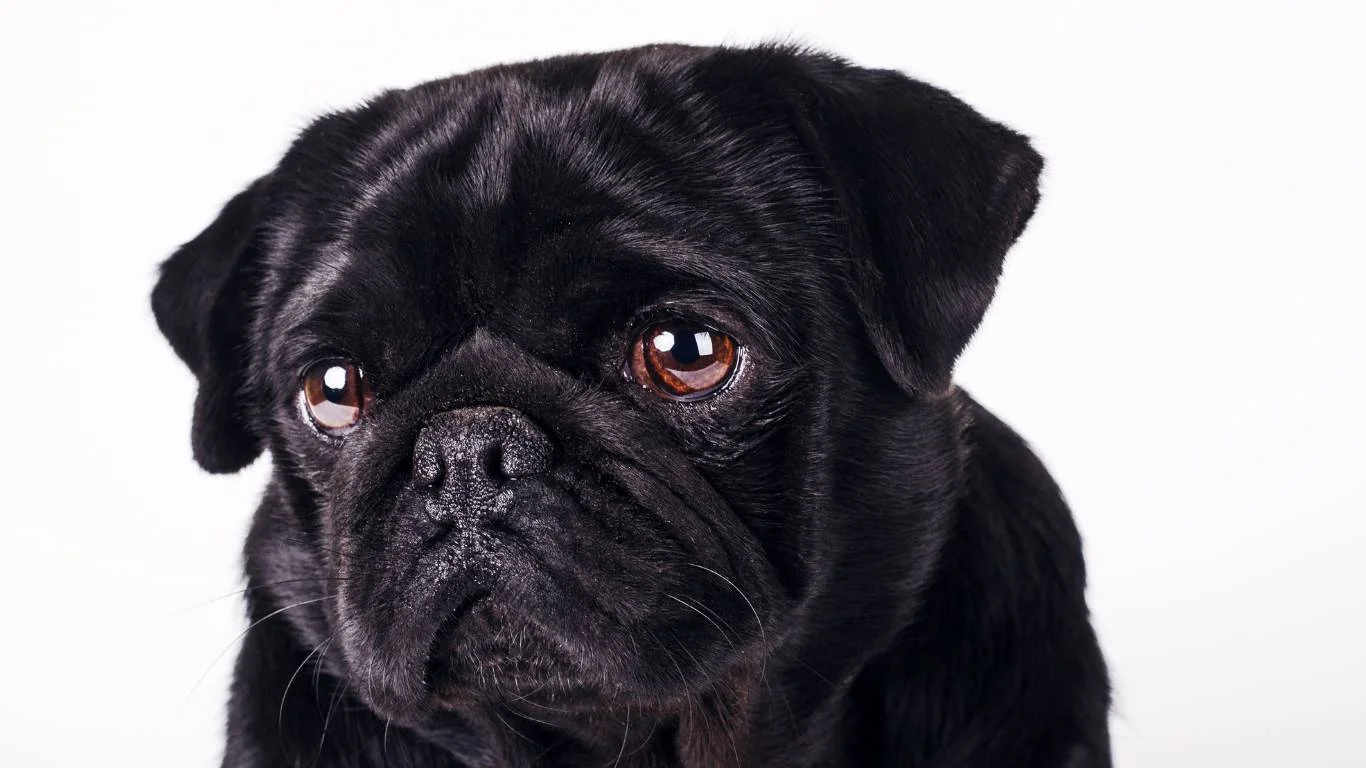
While UTIs, crystals, and diet are the big players, there are a few other reasons your dog’s urine might be cloudy:
Inflammation or Trauma
Any injury or inflammation in the urinary tract can cause cells and blood to leak into the urine, leading to cloudiness. This might happen after rough play, accidents, or even some medical procedures.
Kidney or Bladder Disease
Chronic kidney disease or bladder inflammation can cause cloudy urine too. These conditions usually come with other symptoms, like weight loss, vomiting, or changes in thirst and urination patterns.
Prostate Issues in Male Dogs
For intact males, an enlarged or infected prostate can lead to cloudy or bloody urine. This is something your vet will check for if your dog fits the profile.
In any case, these causes require veterinary attention to properly diagnose and treat. That’s why cloudy urine should never be ignored, especially if it lasts more than a day or two.
Home Care Tips and When to Call the Vet

After working closely with countless dogs and their humans, I’ve realized that sometimes, home care can make a huge difference—especially when the cause of cloudy urine is minor or caught early. But it’s important to know the line between simple care and when professional help is necessary.
Simple Home Care Steps
- Boost hydration: As I mentioned earlier, water is your best friend here. Adding a splash of low-sodium broth or offering wet food can encourage your dog to drink more.
- Monitor urination: Keep track of how often and how your dog is peeing. If the urine stays cloudy or if your dog strains or cries, don’t wait—get veterinary advice.
- Maintain cleanliness: Especially for female dogs, wiping the genital area gently with a damp cloth after bathroom breaks can help prevent irritation or infections.
- Adjust diet carefully: If you suspect food is contributing, avoid sudden diet changes. Instead, consult your vet or a pet nutritionist (I’m happy to help!) to make gradual, balanced adjustments.
Remember, while these tips can ease mild issues, persistent or worsening symptoms always need a vet’s eyes on the situation.
When to Seek Immediate Veterinary Care
From my hands-on experience, these signs shouldn’t be ignored and require prompt veterinary attention:
- Blood in urine: Bright red or dark urine can indicate bleeding and needs to be checked out ASAP.
- Straining or painful urination: This could suggest a blockage or serious infection.
- Excessive licking or discomfort: Persistent irritation around the urinary area.
- Changes in behavior: Sudden lethargy, loss of appetite, or vomiting.
- Repeated accidents: If your dog suddenly starts having accidents after being house-trained.
In my role, I’ve seen how quick action can save pets from complications like kidney infections or urinary blockages, which can be life-threatening, especially in male dogs.
How Nutrition Plays a Role in Urinary Health

Nutrition isn’t just about keeping your dog’s coat shiny or their energy levels up—it’s a huge factor in urinary tract health, too. From my years focusing on pet nutrition, I can confidently say that the right food choices help keep those pesky crystals and infections at bay.
Choosing the Right Diet
Not all dog foods are created equal when it comes to urinary health. Here are some nutrition insights I always share with pet parents:
- Moisture content matters: Wet food or foods with higher moisture can help dilute urine and reduce crystal formation.
- Balanced minerals: Foods formulated to balance minerals like magnesium, phosphorus, and calcium help prevent certain crystals from forming.
- Appropriate protein levels: Too much protein or certain protein sources can contribute to urinary issues, so tailored diets often make a difference.
- pH control: Some prescription diets help maintain an optimal urine pH to reduce crystal formation.
When I counsel dog owners, I always emphasize that any diet change should be done gradually and with veterinary guidance. Jumping from one extreme diet to another without support can actually trigger urinary problems.
Supplements and Additional Support
Occasionally, vets might recommend supplements like cranberry extract or probiotics to support urinary tract health. I’ve seen these used effectively as part of a larger management plan, especially for dogs prone to recurrent infections.
Of course, supplements aren’t magic bullets, but combined with good diet and hydration, they can give your pup’s urinary system an extra boost.
Wrapping Up Your Knowledge on Cloudy Urine in Dogs
Cloudy urine in dogs might seem scary at first glance, but with the right information and a bit of vigilance, it’s often manageable. Remember, I’ve walked this path many times alongside pet owners, and the key is catching issues early and partnering with your vet and nutrition expert for the best care.
Keep a close eye on your dog’s bathroom habits, provide plenty of fresh water, and don’t hesitate to seek professional advice when things seem off. Your furry friend depends on you for their health—and trust me, they’ll thank you for it with tail wags and happy eyes.
References
- American Veterinary Medical Association
- American Animal Hospital Association
- World Small Animal Veterinary Association
- American College of Veterinary Nutrition
Disclaimer
This article is intended for informational purposes only and should not replace professional veterinary advice. If you notice persistent or severe symptoms in your dog, please consult your veterinarian promptly. Every pet is unique, and only a qualified professional can provide the appropriate diagnosis and treatment.
